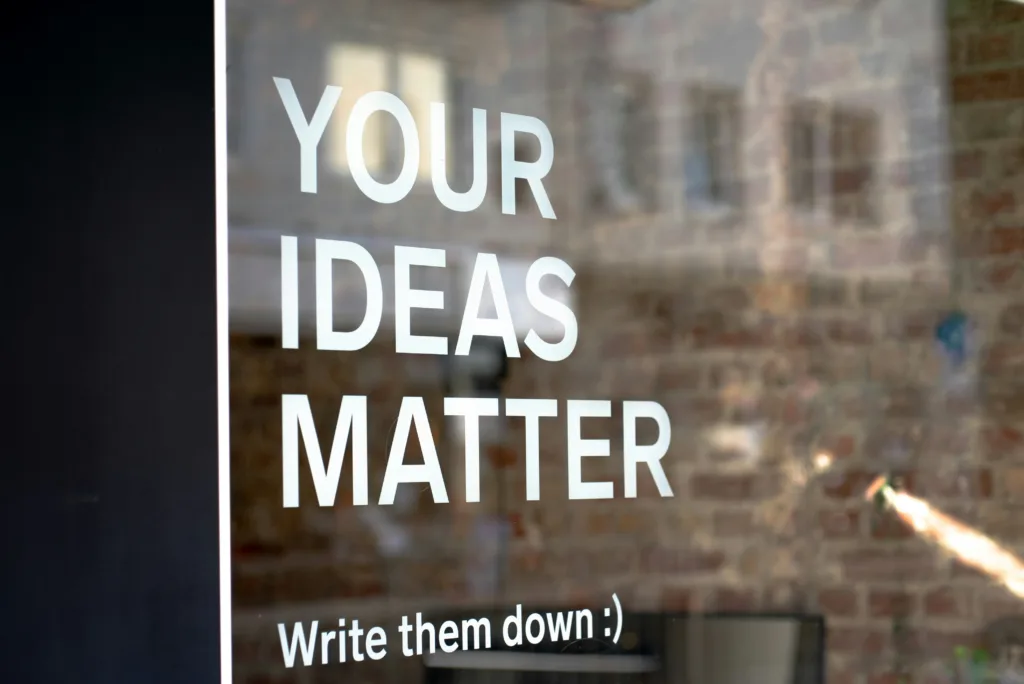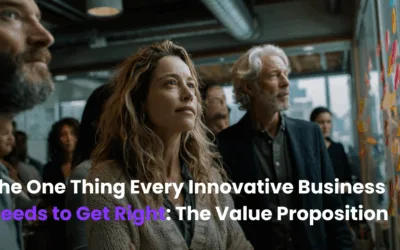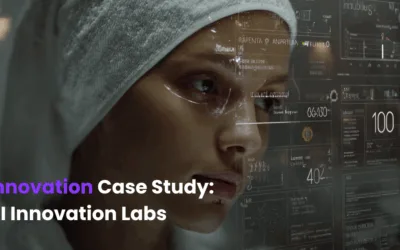Key to an innovation-driven culture is that people are empowered and supported to challenge the status quo, test new ideas and create new value in their day-to-day work. It’s not just a matter of token gestures or departmental build projects. It’s a whole-of-organisation mindset and way of operating. When innovation is embedded in culture, it no longer depends on individual champions or single events, and instead becomes a habit.
 Why innovation culture matters right now
Why innovation culture matters right now
Innovation is no longer optional. In an environment where the speed of change has accelerated significantly, it’s a matter of organisational survival (Boston Consulting Group, 2023). Markets are shifting faster than ever, driven by changes in technology, customer expectations, climate pressures, policy change and new entrants with more agile models (Forbes, 2021; Financial Times, 2025). It’s not feasible for organisations to respond to these pressures with traditional and rigid internal structures and decision-making models that may have served them in the past. Instead, the experimental and iterative process of innovation is required.
Furthermore, what makes the need for an innovation culture even more urgent is the growing gap between traditional ways of working and the demands of a rapidly changing environment. Productivity gains are stagnating in many industries, and the only way to drive growth is to unlock the ideas, skills and imagination already sitting inside the organisation (Productivity Institute, 2023). Culture is the lever for that. Without a culture that supports experimentation, learning and collaboration, even the most sophisticated strategies can fail.
How to activate internal levers for innovation
To build an innovation-driven culture, leaders need to activate a series of internal levers. These aren’t abstract values or posters on a wall. They’re tangible behaviours, structures and practices that shape how people think and work every day.
- Leadership behaviour
If leaders talk about innovation but continue to reward predictability, people will stay in safe territory. So it’s important for managers to model curiosity, openness and resilience. This involves asking better questions, highlighting learning from failures, and making space for experimentation. And perhaps most importantly, they should not just focus on delivery. Instead, managers should pursue a servant-leadership approach, enabling fast failure and learning opportunities. This signals to teams that they’ve got permission to think differently and offer insights. - Organisational structure and process
Hierarchies can block new ideas if all decisions flow upwards. Removing unnecessary sign-offs and creating clear pathways for testing ideas can unlock momentum. One way to do this is through sandbox environments; temporary spaces where teams can pilot ideas without needing organisation-wide approval. Atlassian, for instance, allows engineers to use 20% of their time for self-directed innovation. That’s resulted in improvements that feed directly into core products (Atlassian, 2021). - Incentives and recognition
Innovation will stall if people are punished for failed attempts, or if KPIs only reward efficiency. To shift this, organisations should embed recognition, learning and creativity into performance frameworks. Some use innovation KPIs as part of team evaluations. Others create peer-nominated awards that recognise experimentation or cross-team collaboration. The key is consistency. Token rewards send the wrong message, while giving people access to learning as a reward helps generate a desire for self-improvement. - Change communication
Culture is shaped by how people talk about change, risk and progress. When leaders frame innovation as a risk, they inadvertently discourage it. Few employees want to be associated with anything that looks like a risk that could impact their job or sense of self worth. If anything, leaders should use language that positions innovation as risk mitigation and that normalises iteration and discovery. Even renaming a project “post-mortem” to a “retrospective” can shift the tone of the discussion and foster psychological safety (Edmondson, 1999). - Recruitment and talent development
These are foundational. Hiring for adaptability, resilience and a problem-solving mindset is just as important as hiring for technical skills. Recruitment should focus on creative thinking, collaboration and systems thinking, as these are the skills that fuel innovation. Because in an age of accelerated change and widespread AI adoption, it’s the creative and critical thinking in a company that will set firms apart from their competitors.
Summing it up
Establishing an innovation-driven culture takes time, but the payoff is real. Organisations that invest in cultural change are more adaptive, more resilient and more likely to attract and keep top talent. A phased approach can help. Start by auditing your current culture. Ask yourself what behaviours are rewarded or punished? And what beliefs dominate decision-making?
Then set a clear innovation agenda that aligns with your purpose and strategy. Finally, embed and scale your efforts through pilot programs, internal champions and feedback loops.
Innovation won’t thrive in a vacuum. It needs the right conditions, and that starts with culture.
Want to know more? Here’s how we can help.
References
Atlassian. (2021). Innovation Week – Atlassian Security Team’s 20% Time Ritual. https://community.atlassian.com/forums/Trust-Security-articles/Innovation-Week-Atlassian-Security-Team-s-20-Time-Ritual/ba-p/1714481#:~:text=Innovation%20is%20encouraged%20within%20Atlassian,teams%2C%20and%20tackle%20different%20challenges.
Boston Consulting Group. (2023). Navigating future uncertainty with megatrends. https://www.bcg.com/publications/2023/navigating-future-uncertainty-in-uncertainty-with-megatrends
Edmondson, A. (1999). Psychological Safety and Learning Behavior in Work Teams. https://web.mit.edu/curhan/www/docs/Articles/15341_Readings/Group_Performance/Edmondson%20Psychological%20safety.pdf
Financial Times. (2025). Retreating from climate action is not a strategy for success. https://www.ft.com/content/6c0ca831-528b-476a-ac2f-dbc1f2790ba0
Forbes. (2021). The evolution of customer expectations and how businesses can meet them. https://www.forbes.com/councils/forbestechcouncil/2021/06/17/the-evolution-of-customer-expectations-and-how-businesses-can-meet-them/
Productivity Institute. (2023). Why productivity stagnation matters. https://www.linkedin.com/pulse/why-productivity-stagnation-matters-the-productivity-institute/



